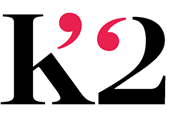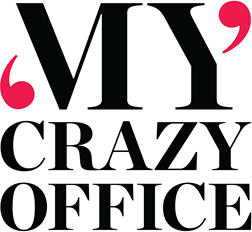If you are like most people, the people and devices around you at work require constant interaction. Emails demand a reply. Meetings fill your calendar and require participation. Social media portals buzz, click, tweet and ping – insisting that you respond in kind. It’s easy to spend an entire day reacting and responding, without actually accomplishing anything.
If you’re feeling overwhelmed; if it seems like you never get any traction on the projects that you truly care about, try hitting the pause button. The next time someone insists that you take on a new task, ask for a moment to think about it. If you’re at your desk feeling pulled in ten directions, close all your files (paper and digital) for a minute. Hit the pause button, allow your brain to re-boot and discover its priorities. Pause long enough to evaluate what efforts are worth your time and what can simply wait.
Sometimes, you may discover that you need to say, “no,” to the latest demand for your attention, or “not now.” Sometimes, you may decide to put down whatever you’re doing and address a more pressing issue. Pause, recalibrate, and move forward with your day. Take a few moments to decide what matters most.



Looking to advertise with us?
We have sponsorships available on the My Crazy Office Podcast.
Please email us at info@mycrazyoffice.co.